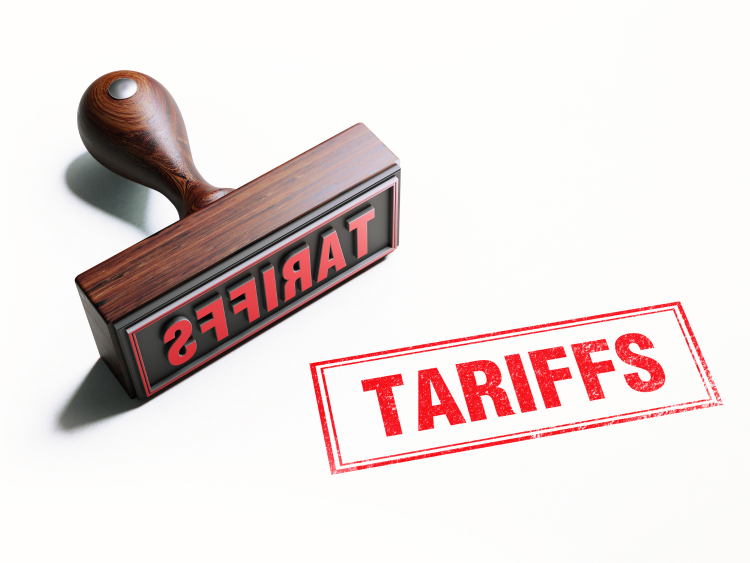Steel Markets

November Job Creation Lower than Expected
Written by Sandy Williams
December 9, 2018
The latest jobs report from the Department of Labor showed fewer jobs were added in November than expected. The U.S. economy added 155,000 jobs and the unemployment rate remained steady at 3.7 percent. Economists expected the report to come in at about 190,000 jobs for the month. The three-month average was 170,000.
Construction employment increased by 5,000 jobs in November and by 282,000 jobs over the past year, according to an analysis of government data by the Associated General Contractors of America.
“Demand for construction remains strong and pay is rising faster than in the overall economy,” said Ken Simonson, the association’s chief economist. “But contractors are having increasing difficulty finding qualified workers as industry unemployment slides to historic lows.”
Overall, construction employment jumped 4.0 percent in the past 12 months to 7,312,000 in November. Residential construction increased 4.7 percent year-over year, but employment in nonresidential construction decreased by 3,600 jobs in November.,
Hourly construction wages averaged $30.28 in November, an increase of 3.7 percent from a year earlier. Average hourly earnings in the industry are now 10.7 percent higher than the average for all nonfarm private-sector jobs, which rose 3.1 percent in the past year, to $27.35.
The number of job seekers with construction experience in November was 3.9 percent, down from 5.0 percent in November 2017, the lowest ever since the survey began in 2000.
The Associated Builders and Contractors (ABC) called the November employment report disappointing, but evidence that the economy is still expanding.
“Today’s employment report helps shift what has become an increasingly negative narrative regarding the U.S. economy’s 2019 prospects,” said ABC Chief Economist Anirban Basu. “This past week has been focused on market volatility, growing trade deficits and a weakening global economy. And though today’s headline number of 155,000 was a bit disappointing, it is consistent with the notion that the U.S. economy continues to expand, albeit at a plodding pace. That said, there is evidence of lingering strength in both industrial and service segments.”
Basu continued, “While it is true that nonresidential construction employment declined last month, the decline was minimal and may simply be attributable to wildfires in California and weather. Most contractors continue to report healthy backlogs and difficulty securing sufficient talent. This implies that industry job growth is likely during the months ahead on a seasonally adjusted basis. Contractors will want to look carefully at leading indicators during the coming months, as the economic forecast is admittedly shrouded in murkiness. Further market volatility, additional losses in executive confidence and slipping leading indicators could signal that 2020 could usher forth the next economic downturn, which for many construction firms would translate into weaker performance in 2021 and perhaps beyond.”

Sandy Williams
Read more from Sandy WilliamsLatest in Steel Markets

CMC looks beyond Arizona micro-mill woes to long-term viability of construction mart
Despite the economic and geopolitical upheaval of the last five years, CMC President and CEO Peter Matt points out that the construction market has been an essential element of the way forward.

US importers face stricter rules under revamped S232 tariffs
“CBP expects full compliance from the trade community for accurate reporting and payment of the additional duties. CBP will take enforcement action on non-compliance," the agency said in a March 7 bulletin.

Steel exports rebound in January
US steel exports recovered to a five-month high in January after having fallen to a two-year low in December. This growth follows four consecutive months of declining exports.

Construction spending drops marginally in January
Construction spending edged down slightly in January, slipping for the first time in four months. The US Census Bureau estimated spending at a seasonally adjusted annual rate of $2,196 billion in January, down 0.2% from December’s downward revised rate. The January figure is 3.3% higher than a year ago. January’s result, despite the slight erosion, […]

HVAC equipment shipments slow in December but strong annually
Shipments of heating and cooling equipment in the US fell to an 11-month low in December, according to the latest data released by the Air-Conditioning, Heating, and Refrigeration Institute (AHRI).
